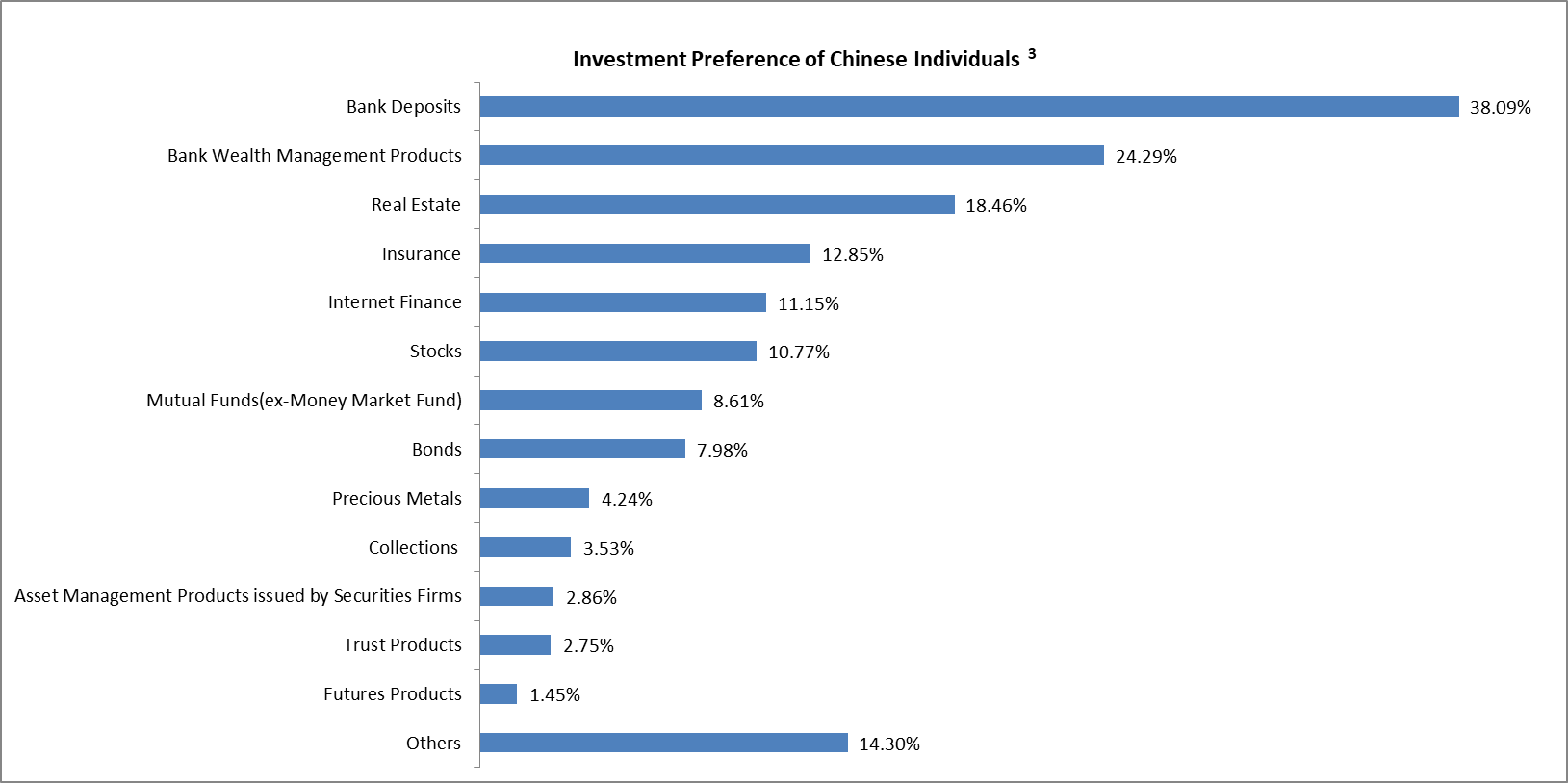
According to market consensus, China’s economy is likely to reach the trough in the first half of 2019. On the monetary front, liquidity conditions have improved on the back of several Reserve Requirement Ratio cuts and Medium-term Lending Facility injections. The interbank interest rates have been softening, with three-month SHIBOR standing at 2.90% on Jan 31, compared to 3.35% by the end of 20181. Moreover, more corporates bond issuances have been approved to deal with the tightened liquidity that pressured the corporate sector, especially the private corporates, between 1Q18 and 3Q18. However, the ample interbank liquidity has not materially filtered through into the real economy to support growth yet, given financial institutions’ generally weak risk appetite and capital constraints.
Total Social Financing(TSF) is a reasonable gauge of credit extended by China’s domestic financial system to the private sector which includes off-balance-sheet financing that exists outside the conventional bank lending system, such as initial public offerings, asset-backed securities and bond sales. The aggressive de-leveraging initiatives through New Asset Management Rules in 1H18 has substantially curbed the expansion of shadow banking that used to be a major source of funding for small and medium-sized enterprises, resulting in the choking-off of the off-balance-sheet funding in TSF. A more robust revitalization of TSF requires decisive relaxation in the implementation of New Asset Management Rules and we learnt that the regulators are leaning towards taking a softer approach. Hence, the off-balance sheet part of TSF will be a key checkpoint that we watch for a confirmation of the bottoming of the real economy.
China’s TSF rose to 1.59 trillion Yuan in December 2018 from 1.52 trillion Yuan in the previous month1, but growth of outstanding TSF slowed to an all-time low of 9.8%2. As mentioned above, the de-leveraging efforts were the initial culprits. However, from our on the ground research, we believe that this phenomenon was further complicated by the fact that many Chinese corporates have fallen into an inventory buyer-strike amid trade uncertainties, leading to weak credit demand. However, we are beginning to see the light at the end of the tunnel as the weak credit supply problem is being addressed by various means, including administrative ones and supplementary policy tools. The People’s Bank of China (PBoC) has introduced the Central Bank Bills Swap (CBS) in January, which should help to enhance the attractiveness of banks’ perpetual bond issuances. With the facilitation of this swap program, banks’ capital constraints could hopefully be alleviated albeit the efficacy of credit creation would still take some time to crystallize. According to the latest data released by the PBOC on Feb 15, growth of outstanding TSF picked up to 10.4% in the first month of 2019, with Chinese bank lending hitting record high of 3.23 trillion Yuan2, which may indicate that the previous policy push is beginning to take hold.
On the demand side of the credit creation, an interim solution of the trade talks between China and the US would hopefully help shore up business confidence and revive loan appetite. We are sanguine about the outcome of the trade talk as we believe neither side can afford a deadlock upon the expiry of the current truce, let alone a full-fledged breakdown of the negotiations. There are a lot of noises along the negotiating process, but the key is that the economic and political stakes are too high for both sides to drag on such a skirmish.
Despite this “hard-to-predict” environment, we will focus on three major areas to look for long-term winners: 1) strong long-term earnings capability and visibility; 2) decent free cash flow yields ; 3) significantly discounted short-term (3-6 months) valuations caused by sentiment overshooting on the downside driven by market worries. Most importantly, while the market volatility will remain for a while, we are not short of investment candidates that meet the above criteria. We will not hesitate to pick up those opportunities in the near future and we believe the next 2-3 months would be a very critical period for our funds to accumulate those industry leaders with strong core competences and good visibility.
[1] Source: Bloomberg, as of Jan 2019
[2] Source: Reuters, as of Feb 2019
Disclaimer
This document is based on management forecasts and reflects prevailing conditions and our views as of this date, all of which are accordingly subject to change. In preparing this document, we have relied upon and assumed without independent verification, the accuracy and completeness of all information available from public sources. All opinions or estimates contained in this document are entirely Zeal Asset Management Limited’s judgment as of the date of this document and are subject to change without notice.
Investments involve risks. Past performance is not indicative of future performance. You may lose part or all of your investment. You should not make an investment decision solely based on this information. Each Fund may have different underlying investments and be exposed to a number of different risk, prior to investing, please read the offering documents of the respective funds for details, including risk factors. If you have any queries, please contact your financial advisor and seek professional advice. This material is issued by Zeal Asset Management Limited and has not been reviewed by the Securities and Futures Commission in Hong Kong.




